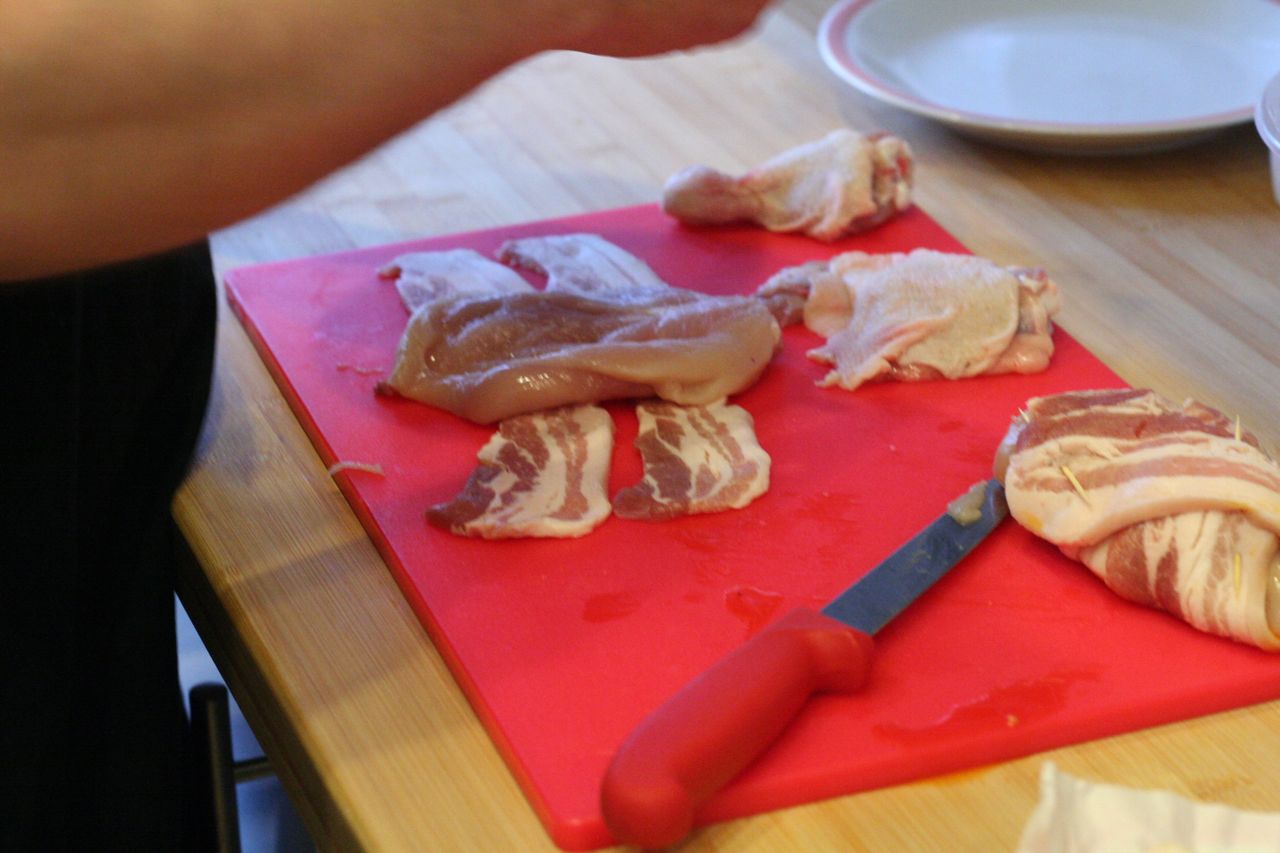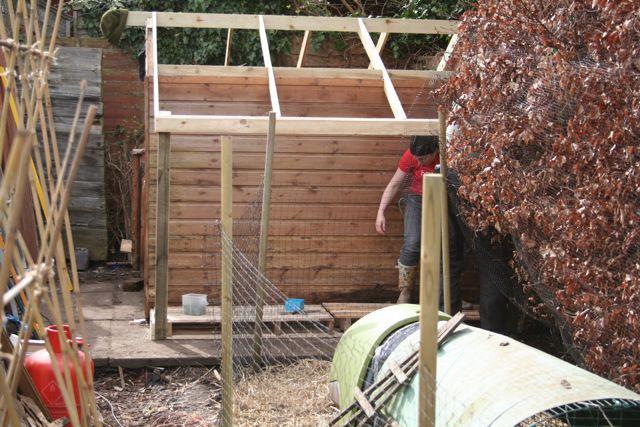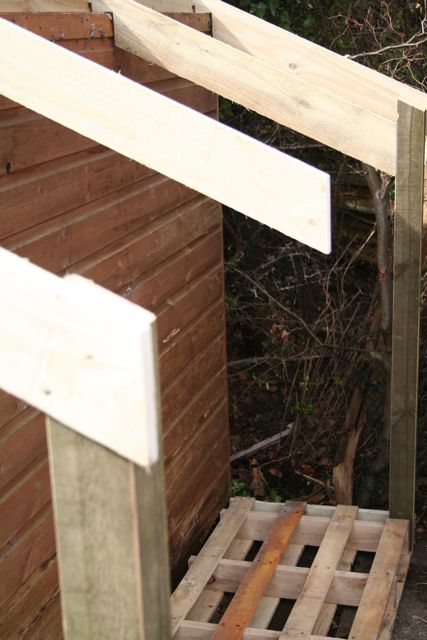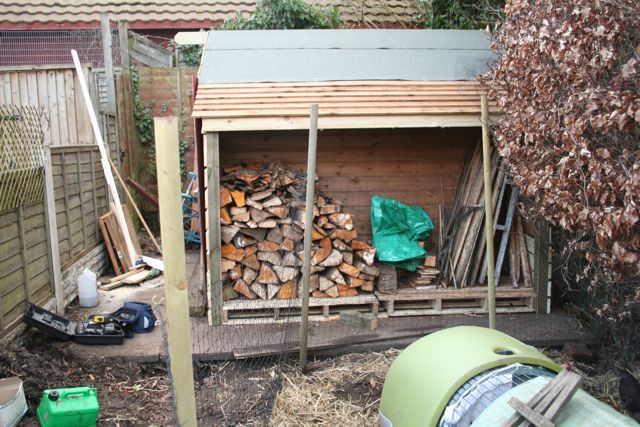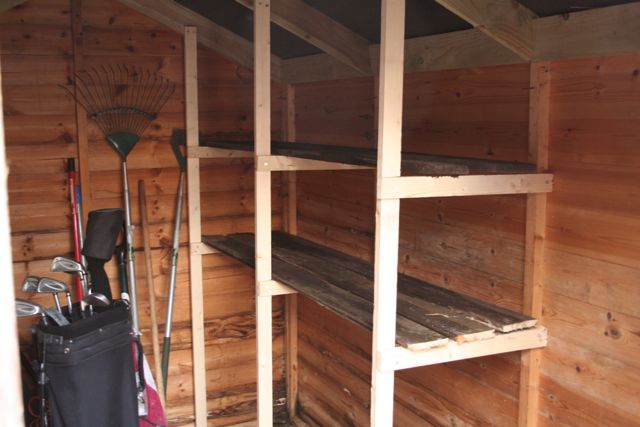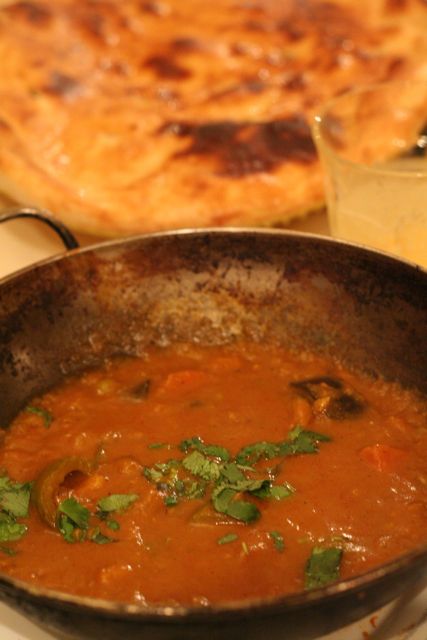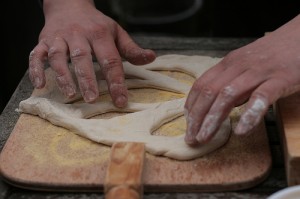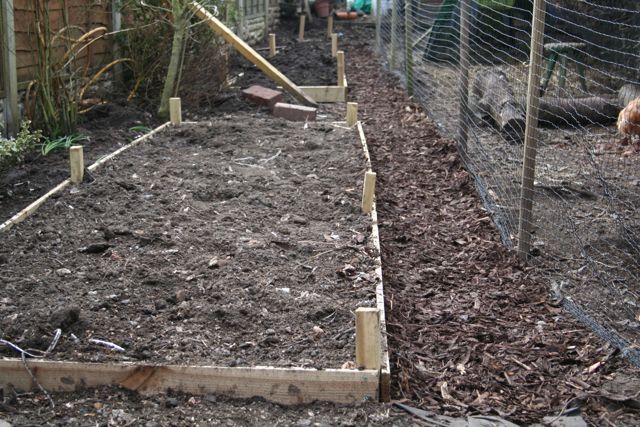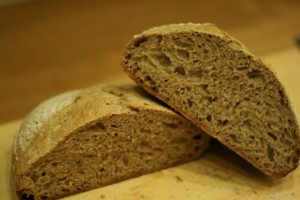Received this news from local artist and foodie Eleanor Hoad yesterday, so thought I’d share it with you in full. We should do more food swapping events in Birmingham shouldn’t we, what do you think?
The ‘In Our Backyard’ exhibition at BMAG is the culmination of a year-long residency taking place within 4 constituencies around Birmingham. Community groups within the constituencies of Perry Barr, Erdington, Ladywood and Hodge Hill have worked closely with 4 artists in a series of art activities and projects that will be showcased in this exhibition and throughout the museum.
In Erdington, Eleanor Hoad’s ‘Prepare’ residency explored ways in which we can feed ourselves in the city and celebrate our local harvests. Inspired by urban Permaculture and traditional celebrations around growing food, Eleanor created a fruit harvesting, processing and distributing scheme using unwanted local fruit.
This Saturday come along to see the exhibition and take part in the Prepare Swapshop with Eleanor Hoad Saturday 24th April 2010, 11am – 4pm in the Learning Zone
A drop in swapshop with Eleanor Hoad, artist from the In Our Backyard exhibition, showing in the Community Gallery. Bring along to swap: fruit recipes old and new, jars of homemade pickle, jam or chutney, seeds saved from your own plants or leftovers in a packet and empty plastic vegetable trays to plant your own mini herb bed. Make your own decorated paper bag to take your swaps home.
The Community Gallery showcases the talent of our communities and provides an insight into our rich local neighbourhoods through an exciting programme of exhibitions and events. Displays are created in collaboration with community groups, inviting new audiences and visitors to interact and explore artworks and subject matter.
In Our Backyard runs from 10th April to the 4th July.
The Community Gallery
Birmingham Museum and Art Gallery
Chamberlain Square
Birmingham B3 3DH
0121 303 2834







